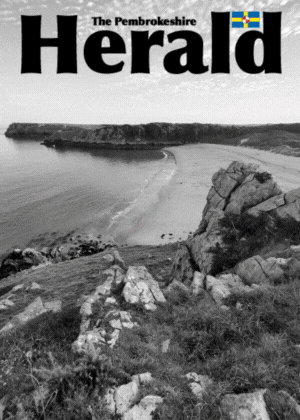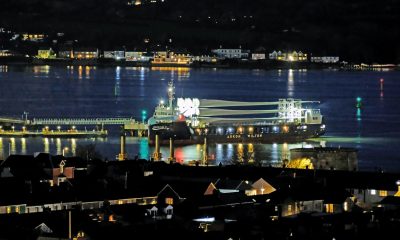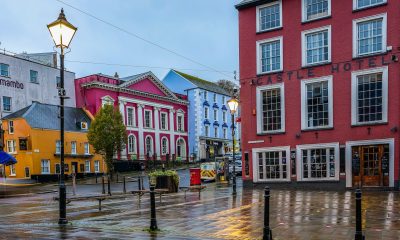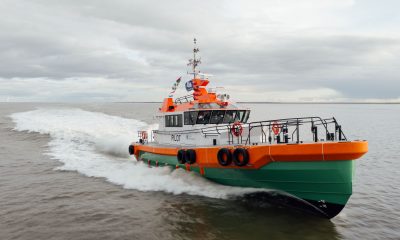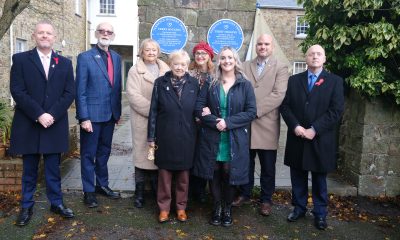News
Police stay tight-lipped about hospital runs
 DYFED POWYS POLICE force has declined to provide information to The Herald about its use of police cars as make-shift ambulances as they have deemed it too time consuming and not worth their effort.
DYFED POWYS POLICE force has declined to provide information to The Herald about its use of police cars as make-shift ambulances as they have deemed it too time consuming and not worth their effort.
According to figures released by Plaid Cymru, who made Freedom of Information requests to each Welsh police force, more than 600 patients in Wales had to be taken to hospitals by police cars rather than ambulances over the last three years. The Welsh Ambulance Service said it was missing its eight-minute target and crews were “tied up” and unable to respond to other calls. Police dealt with a wide range of patients, including those who had attempted suicide, been involved in assaults or stabbings, suffered drink-related injuries or had hypothermia. While 600 is the figure from South Wales Police, North Wales Police and Gwent Police, Wales’ largest force Dyfed Powys did not provide any figures.
The Herald asked the Force: “On how many occasions in each of the financial years 2011-12, 2012- 13 and 2013-14 have the force been asked to take patients to hospital in police vehicles because of a lack of availability of ambulances to carry out the task?” The response that came back that an exemption to providing this information, freely available apparently under the Freedom of Information, applied and told us it would take a staggering 9635 hours – over a year of man hours to provide the Herald with the basic information given freely by other Welsh police forces.
While the Welsh Government claims that the figures cited represent less than 0.05% of all calls made to the Ambulance Service, the situation has been pounced upon as evidence of the growing crisis in the Welsh Ambulance Service at a time when Health Board service reorganisations are increasing the burden placed upon the grossly under-performing service. Mike Collins, director of service delivery at the ambulance service, said the organisation was working as hard as it could take patients to hospital as quickly as possible. “The trust is working in partnership with police forces across Wales to reduce instances where our emergency colleagues are awaiting an ambulance response,” he added. “Both the trust and all four police forces maintain frequent contact and are building on the close relationship in support of each other and their staff.
“Despite the increase in calls that we experience year on year we are actually reaching more and more people across Wales than ever before.” The crisis in Ambulance provision was highlighted by performance figures released in June which showed a catastrophic failure by the Welsh Ambulance Trust to meet minimum performance levels set by the Welsh Government. The figures show that 50.8% of ambulances in Pembrokeshire arrived at the scene of an immediate life-threatening Category A call within 8 minutes. The target is 65%. Neighbouring counties of Ceredigion and Carmarthenshire achieved better figures of 53.3% and 51.9% respectively, and the average for the whole of Wales was 54.1%.
The death of three years-old Angel Jade Smith of Carmarthen shows the depth of the challenge facing those seeking to improve first responder times. Having been recovered from a serious house fire, Angel received treatment for twenty minutes at the scene and had been transported to Glangwili Hospital by police officers before an ambulance arrived, forty minutes after being called. Carmarthen Ambulance station is only seven minutes from the family’s home. The Ambulance Service announced an enquiry into the matter, but a search of their website for further information on the incident drew a blank.
Crime
Man accused of Milford Haven burglary and GBH remanded to Crown Court

A MILFORD HAVEN man has appeared in court charged with burglary and inflicting grievous bodily harm, following an incident at a flat in the town earlier this week.
Charged after alleged attack inside Victoria Road flat
Stephen Collier, aged thirty-eight, of Vaynor Road, Milford Haven, appeared before Llanelli Magistrates’ Court today (Friday, Dec 5). Collier is accused of entering a property known as Nos Da Flat, 2 Victoria Road, on December 3 and, while inside, inflicting grievous bodily harm on a man named John Hilton.
The court was told the alleged burglary and assault was carried out jointly with another man, Denis Chmelevski.
The charge is brought under section 9(1)(b) of the Theft Act 1968, which covers burglary where violence is inflicted on a person inside the property.
No plea entered
Collier, represented by defence solicitor Chris White, did not enter a plea during the hearing. Prosecutor Simone Walsh applied for the defendant to be remanded in custody, citing the serious nature of the offence, the risk of further offending, and concerns that he could interfere with witnesses.
Magistrates Mr I Howells, Mr V Brickley and Mrs H Meade agreed, refusing bail and ordering that Collier be kept in custody before trial.
Case sent to Swansea Crown Court
The case was sent to Swansea Crown Court under Section 51 of the Crime and Disorder Act 1998. Collier will next appear on January 5, 2026 at 9:00am for a Plea and Trial Preparation Hearing.
A custody time limit has been set for June 5, 2026.
Chmelevski is expected to face proceedings separately.
News
Woman dies after collision in Tumble as police renew appeal for witnesses
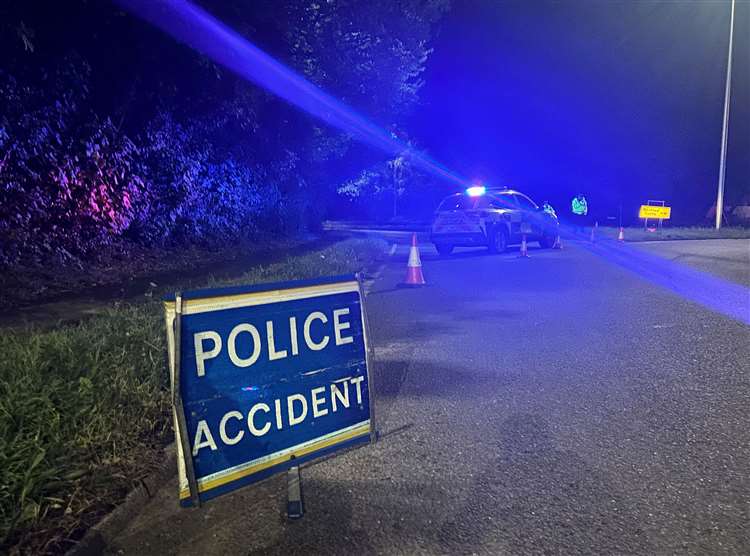
POLICE are appealing for information after a woman died following a collision in Tumble on Tuesday (Dec 2).
Officers were called to Heol y Neuadd at around 5:35pm after a collision involving a maroon Skoda and a pedestrian. The female pedestrian was taken to hospital but sadly died from her injuries.
Dyfed-Powys Police has launched a renewed appeal for witnesses, including anyone who may have dash-cam, CCTV footage, or any information that could help the investigation.
Investigators are urging anyone who was in the area at the time or who may have captured the vehicle or the pedestrian on camera shortly before the collision to get in touch. (Phone: 101 Quote reference: DP-20251202-259.)
News
Greyhound Bill faces fresh scrutiny as second committee raises “serious concerns”

THE PROHIBITION of Greyhound Racing (Wales) Bill has been heavily criticised for a second time in 24 hours after the Senedd’s Legislation, Justice and Constitution (LJC) Committee published a highly critical Stage 1 report yesterday.
The cross-party committee said the Welsh Government’s handling of the legislation had “in several respects, fallen short of the standard of good legislative practice that we would normally expect”.
Key concerns highlighted by the LJC Committee include:
- Introducing the Bill before all relevant impact assessments (including a full Regulatory Impact Assessment and Children’s Rights Impact Assessment) had been completed – a step it described as “poor legislative practice, particularly … where the Bill may impact on human rights”.
- Failure to publish a statement confirming the Bill’s compatibility with the European Convention on Human Rights (ECHR). The committee has recommended that Rural Affairs Minister Huw Irranca-Davies issue such a statement before the Stage 1 vote on 16 December.
- Inadequate public consultation, with the 2023 animal-licensing consultation deemed “not an appropriate substitute” for targeted engagement on the specific proposal to ban the sport.
The report follows Tuesday’s equally critical findings from the Culture, Communications, Welsh Language, Sport and International Relations Committee, which questioned the robustness of the evidence base and the accelerated legislative timetable.
Industry reaction Mark Bird, chief executive of the Greyhound Board of Great Britain (GBGB), described the two reports as leaving the Bill “in tatters”.
“Two consecutive cross-party Senedd committees have now condemned the Welsh Government’s failures in due diligence, consultation and human rights considerations and evidence gathering,” he said. “The case for a ban has been comprehensively undermined. The responsible path forward is stronger regulation of the single remaining track at Ystrad Mynach, not prohibition.”
Response from supporters of the Bill Luke Fletcher MS (Labour, South Wales West), who introduced the Member-proposed Bill, said he welcomed thorough scrutiny and remained confident the legislation could be improved at later stages.
“I have always said this Bill is about ending an outdated practice that causes unnecessary suffering to thousands of greyhounds every year,” Mr Fletcher said. “The committees have raised legitimate procedural points, and I look forward to working with the Welsh Government and colleagues across the Senedd to address those concerns while keeping the core aim of the Bill intact.”
A Welsh Government spokesperson said: “The Minister has noted the committees’ reports and will respond formally in due course. The government supports the principle of the Bill and believes a ban on greyhound racing is justified on animal welfare grounds. Work is ongoing to finalise the outstanding impact assessments and to ensure full compatibility with the ECHR.”
The Bill is scheduled for a Stage 1 debate and vote in plenary on Tuesday 16 December. Even if it passes that hurdle, it would still require significant amendment at Stages 2 and 3 to satisfy the committees’ recommendations.
-

 Crime3 days ago
Crime3 days agoDefendant denies using Sudocrem-covered finger to assault two-month-old baby
-
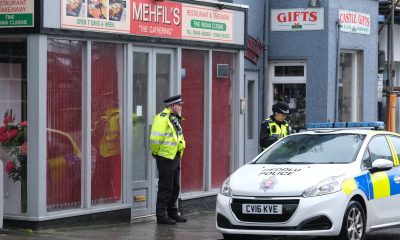
 Crime2 days ago
Crime2 days agoPembroke rape investigation dropped – one suspect now facing deportation
-

 News2 days ago
News2 days agoBaby C trial: Mother breaks down in tears in the witness box
-

 Crime7 days ago
Crime7 days agoMan denies causing baby’s injuries as police interviews read to jury
-

 Crime3 days ago
Crime3 days agoLifeboat crew member forced to stand down after being assaulted at Milford pub
-

 Crime3 days ago
Crime3 days agoDefendant denies causing injuries to two-month-old baby
-
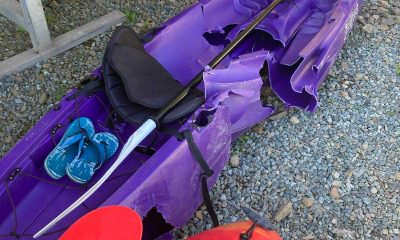
 Crime3 days ago
Crime3 days agoPembrokeshire haven master admits endangering life after speedboat collision
-
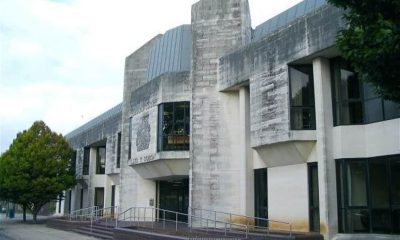
 Crime1 day ago
Crime1 day agoMother admits “terrible idea” to let new partner change her baby’s nappies alone






